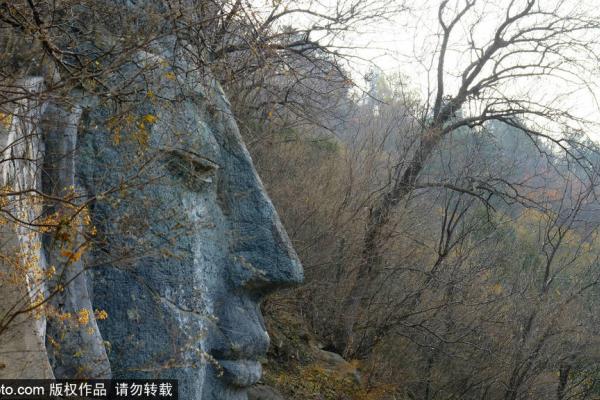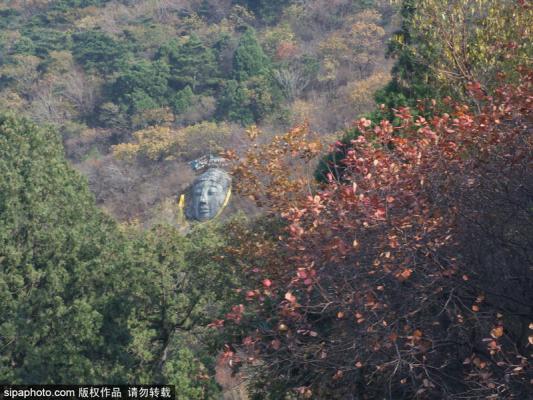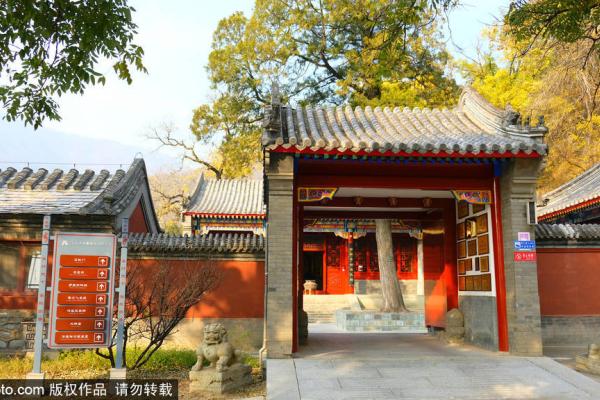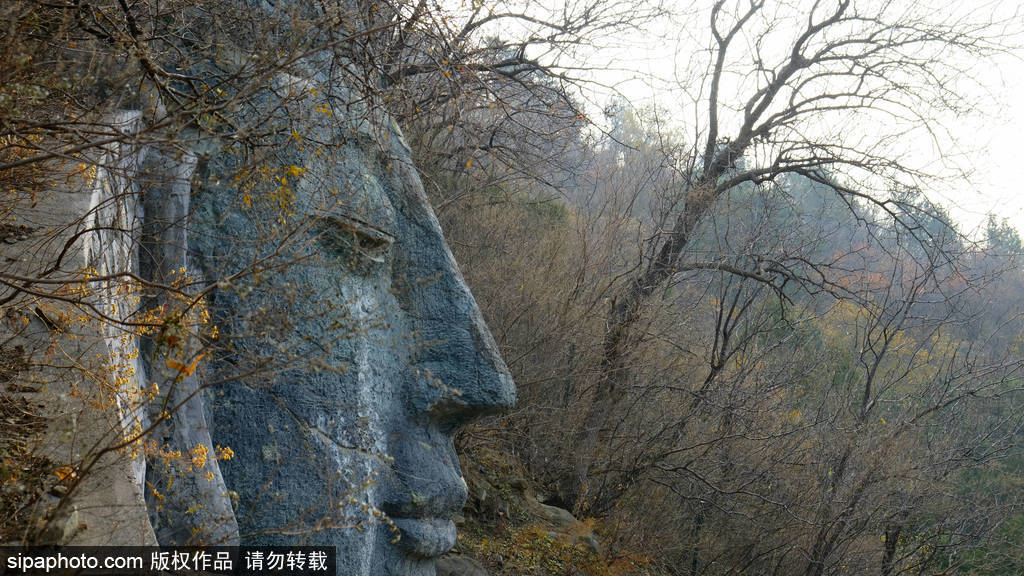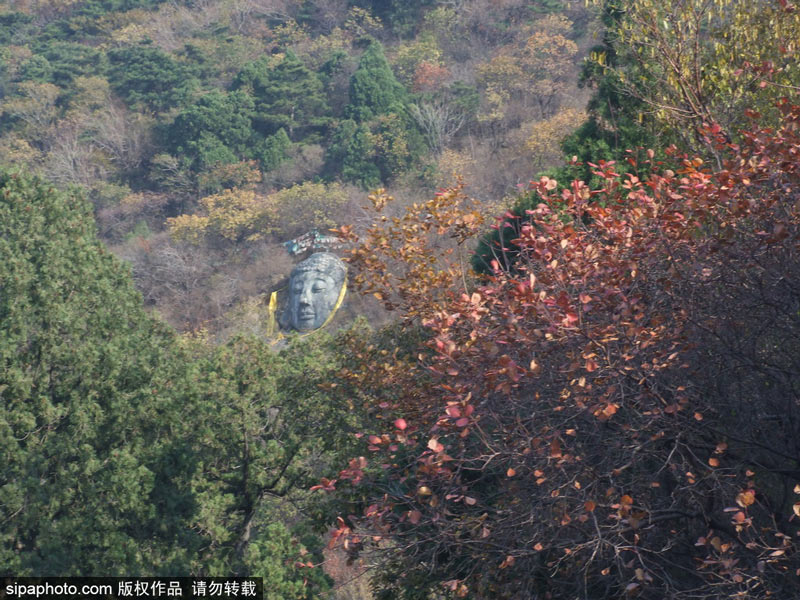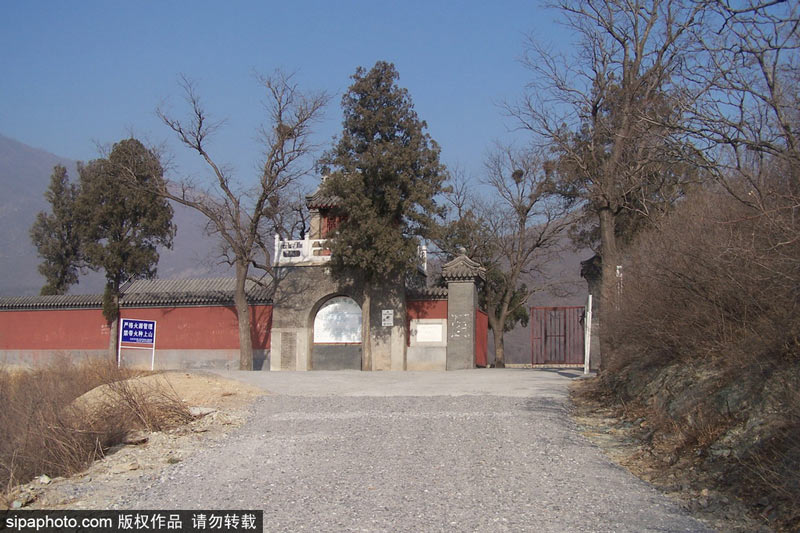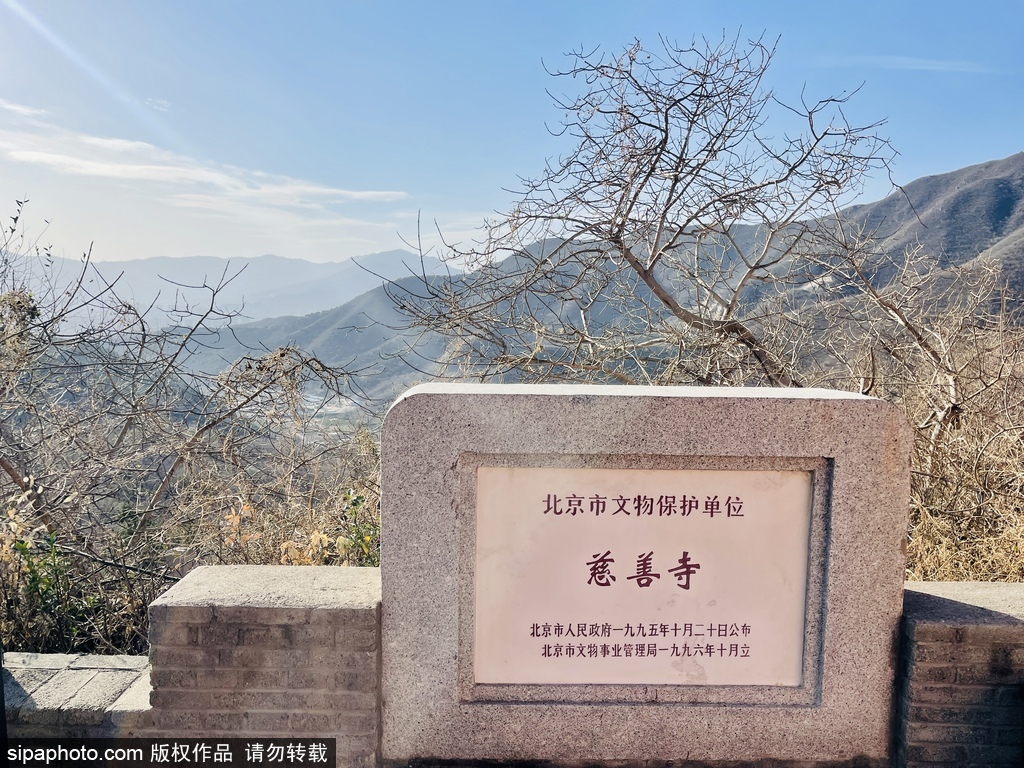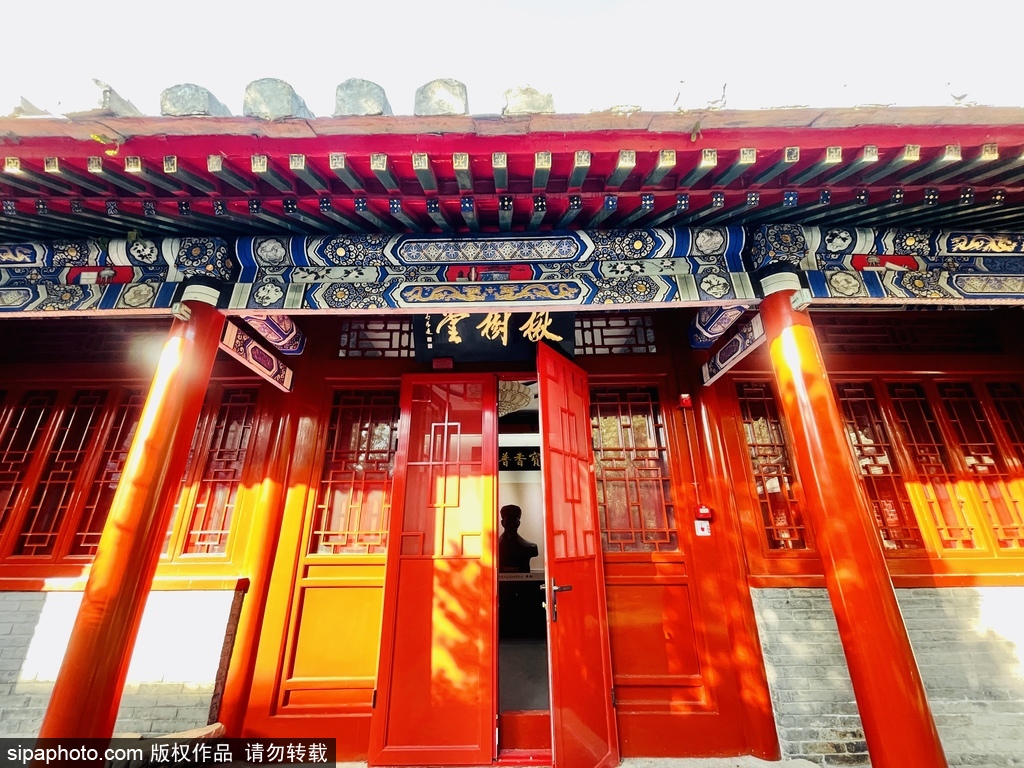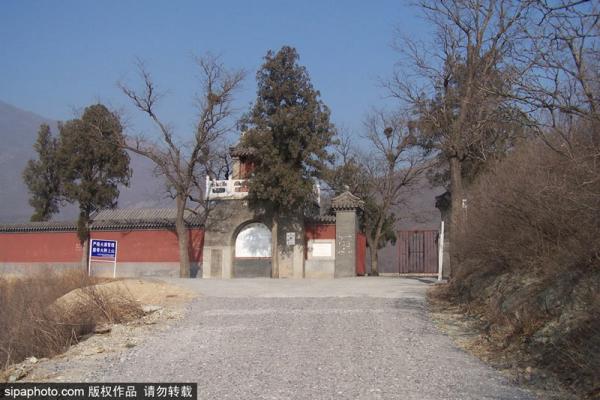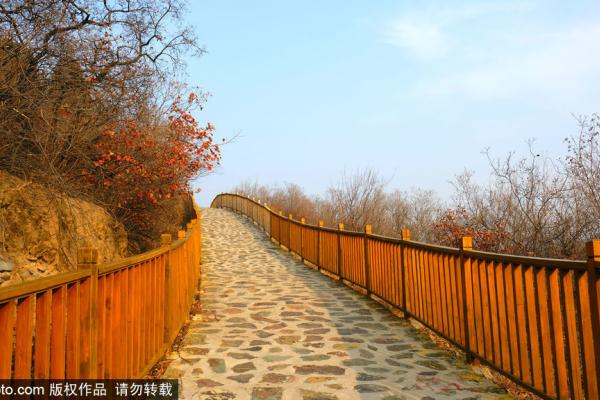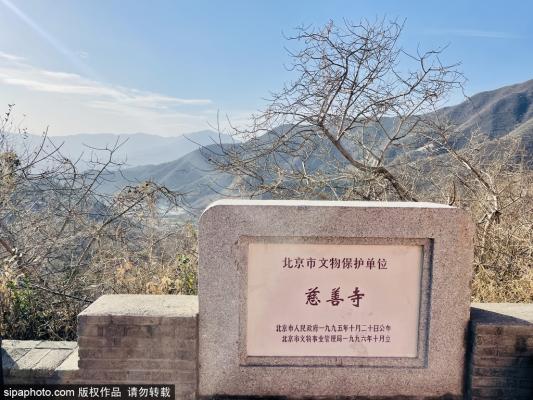Cishan Temple (慈善寺)
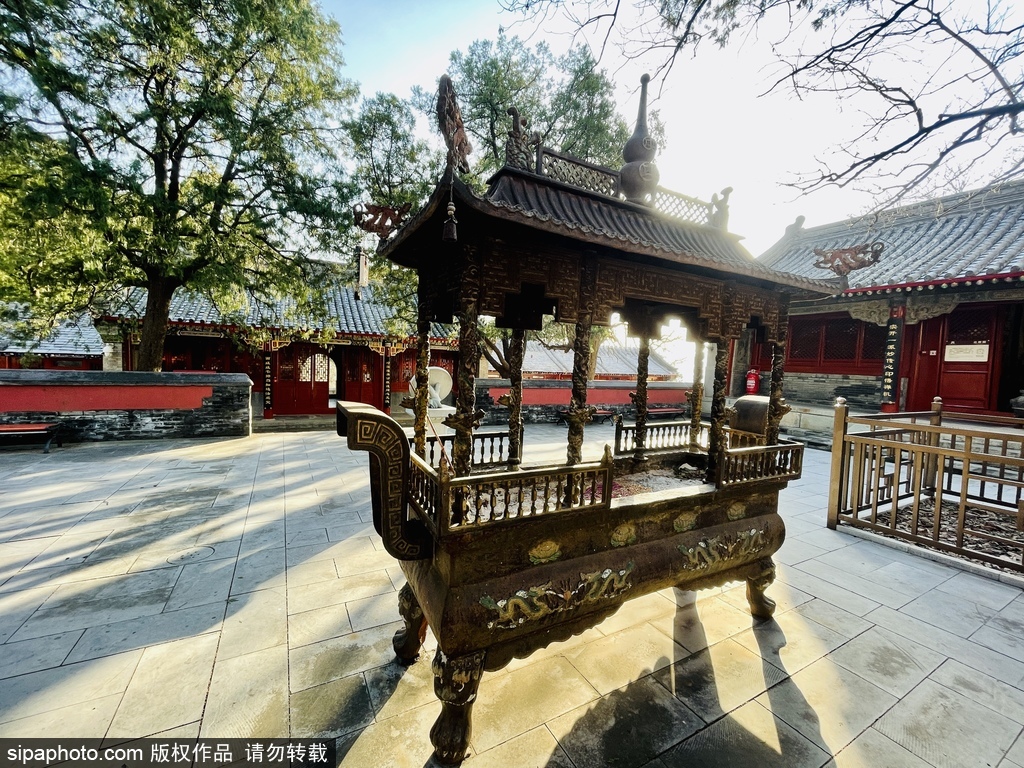
-
Tel:
Null -
Best Time to Visit:
All year round -
Duration:
1 hour -
Admission:
8 RMB 8 RMB -
Opening Hours:
9:00-16:30 (Ticket sales stop at 16:00). Reservation is required.
Description
Cishan Temple (慈善寺)
First built in 1587, the temple covers an area of more than 60,000 square meters and has along history and rich cultural heritage. It is one of the few big temples in Beijing that incorporates elements of Confucianism, Buddhism, Taoism and folk customs.
Its temple fair was famous in the old days. The temple was also an important node of the pilgrims’ path, one of the three ancient paths in the west of Beijing. There are more than 100 halls and rooms, which are scattered in the way simil...
Cishan Temple (慈善寺)
First built in 1587, the temple covers an area of more than 60,000 square meters and has along history and rich cultural heritage. It is one of the few big temples in Beijing that incorporates elements of Confucianism, Buddhism, Taoism and folk customs.
Its temple fair was famous in the old days. The temple was also an important node of the pilgrims’ path, one of the three ancient paths in the west of Beijing. There are more than 100 halls and rooms, which are scattered in the way similar to the seven stars of the Big Dipper. Among them are the Sanhuang Hall, a rare dedication to the first Chinese ancestors in Beijing, and six cliff-face stone carvings made by Feng Yuxiang, a patriotic general when he stayed here during the Republic of China. Legend has it that the temple was where Emperor Shunzhi of Qing Dynasty became a monk. There are three 500-year-old catalpa trees in the courtyard. When they bloom, they fill the whole temple with fragrance of their blossoms. The temple bears witness to the evolution of folk culture, religious culture, ancestral worship culture and traditional culture in the west of Beijing.
The temple was designated as a cultural relics unit under district-level protection in August 1983, and then elevated to one under key city-level protection in October 1995. It has been certified as the district- level Anti-corruption Education Base, Anti-corruption Culture Base, the social practice base for primary and middle school students, the intangible cultural heritage education base, and the city’s fourth group of demonstration bases for promoting TCM culture and tourism. At present, it is tapping into the pilgrimage history and developing the pilgrimage culture to build the Ancient Pilgrims’ Path Exhibition Hall, spread positive energy and benefit the general public with cultural relics protection.
Latest News
Explore

Fahua Temple
Dongcheng Fahua Temple is located at No. 103 Baofang Hutong, Dongcheng District. This site used to be the house of a eunuch named Liu Tong and his brother Liu Shunshe in the Ming dynasty. In the Tianqi Period of the Ming dynasty, the temple was renovated and the emperor gave scriptures to the temple.
Located at the southwest of Dongcheng District, Baofang Hutong stretches from Dongsi Street to Wangfujing Street. The Hutong gained its name because the emperor had kept leopards here.
Hongluo Temple
Hongluo Temple is located 3 kilometers north of Huairou City in Beijing, 55 kilometers from downtown Beijing. The total area of the scenic spot is 8 square kilometers, and it is now a national 4A-level scenic spot. The profound historical accumulation and cultural infiltration as well as the wonderful geographical environment and climatic conditions have made this Pure Land of Buddha!
Baoguo Temple
Baoguo Temple is situated at No. 1 Baoguosi Qianjie Street, Xicheng District, Beijing. It faces south and displays its major buildings on the north-south central axis line.
There were originally seven halls with a 36-stair Pilu Pavilion in its back. What below the Pavilion is a porcelain statue of the Goddess Guanyin at a height over 1chi, dressing in a crown and green cape and holding a Cakra carved with Sanskrit words.
Do You Know

A Legend about Cishan Temple
The legend tells that the temple was where Emperor Shunzhi of Qing Dynasty became a monk.
